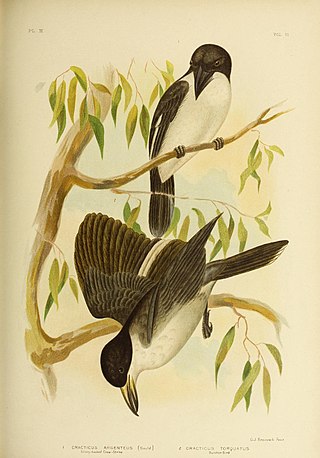
The Codex Argenteus is a 6th-century illuminated manuscript, originally containing part of the 4th-century translation of the Christian Bible into the Gothic language. Traditionally ascribed to the Arian bishop Wulfila, it is now established that the Gothic translation was performed by several scholars, possibly under Wulfila's supervision. Of the original 336 folios, 188—including the Speyer fragment discovered in 1970—have been preserved, containing the translation of the greater part of the four canonical gospels. A part of it is on permanent display at the Carolina Rediviva building in Uppsala, Sweden, under the name "Silverbibeln".

The argenteus was a silver coin produced by the Roman Empire from the time of Diocletian's coinage reform in AD 294 to ca. AD 310. It was of similar weight and fineness to the denarius of the time of Nero. The coin was produced at a theoretical weight of 1/96th of a Roman pound, as indicated by the Roman numeral XCVI on the coin's reverse.

Monodactylus argenteus is a species of fish in the family Monodactylidae, the moonyfishes. Its common names include silver moonyfish, or silver moony, butter bream, and diamondfish. It is native to the western Pacific and Indian Oceans, including the Persian Gulf, Red Sea, and associated estuaries, such as the Mekong Delta.

Leptopelis argenteus, also known as the silvery tree frog or triad tree frog, is a species of frog in the family Arthroleptidae. It is found in coastal Kenya and Tanzania and south to northern Mozambique, southern Malawi, and eastern highlands of Zimbabwe.

Leptopelis broadleyi is a species of frog in the family Arthroleptidae of uncertain status. The Amphibian Species of the World, the IUCN SSC Amphibian Specialist Group, and the African Amphibians do not recognize it, but instead consider it synonym with Leptopelis argenteus. However, the AmphibiaWeb recognizes it as a valid species.

The flavanonols are a class of flavonoids that use the 3-hydroxy-2,3-dihydro-2-phenylchromen-4-one backbone.

Xeractinol is a flavanonol, a type of flavonoid. It is a glucoside that can be found in the leaves of Paepalanthus argenteus (Eriocaulaceae).

The silver-backed butcherbird is a small, shrike-like bird. It is almost identical to the grey butcherbird of which it considered by some authorities to be a subspecies, C. torquatus argenteus.

Dactyloscopus crossotus, the bigeye stargazer, is a species of sand stargazer native to the coastal Atlantic waters of Florida, United States and from the Bahamas to Brazil where it prefers sandy beaches at depths of from 0 to 3 metres, occasionally down to 8 metres (26 ft). It buries itself in the sand to ambush prey, leaving only its eyes, mouth and nose exposed. It can reach a maximum length of 7.5 centimetres (3.0 in) TL.

Crossotus is a genus of longhorn beetles of the subfamily Lamiinae.
Crossotus albicollis is a species of beetle in the family Cerambycidae. It was described by Félix Édouard Guérin-Méneville in 1844. It is known from Ethiopia, Burkina Faso, Chad, the Central African Republic, Ghana, Ivory Coast, Cameroon, Senegal, Mali, Morocco, Niger, Nigeria, Kenya, Mauritania, and Western Sahara.
Crossotus arabicus is a species of beetle in the family Cerambycidae. It was described by Gahan in 1896.
Crossotus brunneopictus is a species of beetle in the family Cerambycidae. It was described by Fairmaire in 1891.
Crossotus erlangeri is a species of beetle in the family Cerambycidae. It was described by Hintz in 1912.
Crossotus klugi is a species of beetle in the family Cerambycidae. It was described by William Lucas Distant in 1892. It is known from Botswana, South Africa, Namibia, Mozambique, and Zimbabwe.

Crossotus stypticus is a species of beetle in the family Cerambycidae. It was described by Pascoe in 1869. It is known from Mozambique, Botswana, South Africa, Namibia, and Tanzania.
Crossotus ugandae is a species of beetle in the family Cerambycidae. It was described by Breuning in 1936. It is known from Kenya and Somalia.

Crossotus vagepictus is a species of beetle in the family Cerambycidae. It was described by Fairmaire in 1886. It contains the varietas Crossotus vagepictus var. niveicollis.

Pipturus argenteus, known as false stinger, native mulberry, white mulberry, white nettle, amahatyan (Chamorro), and ghasooso (Carolinian), is a small tree native to tropical Asia, northern and eastern Australia and the Pacific.
The southern groove-toothed moss mouse is a species of rodent in the family Muridae found in Southern Papua New Guinea. As opposed to M. richardsoni, argenteus sp can be differentiated most prominently by its gray-brown pelage.











